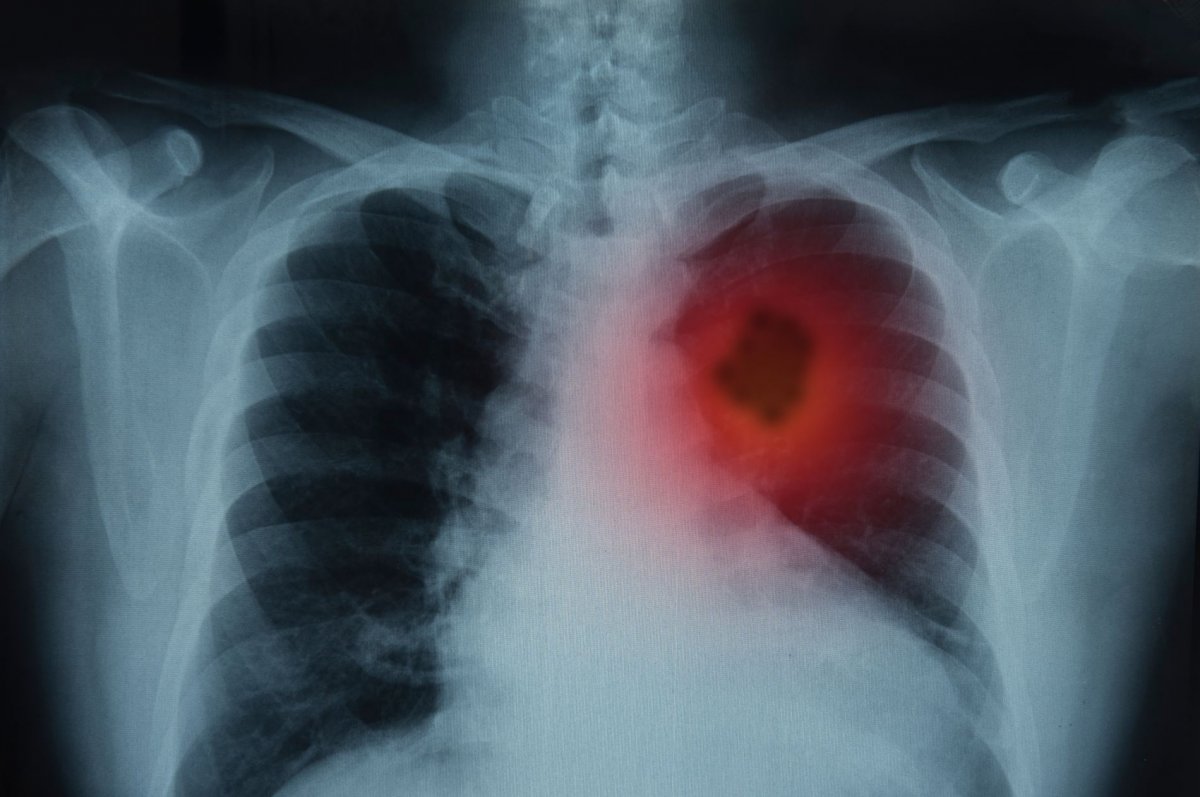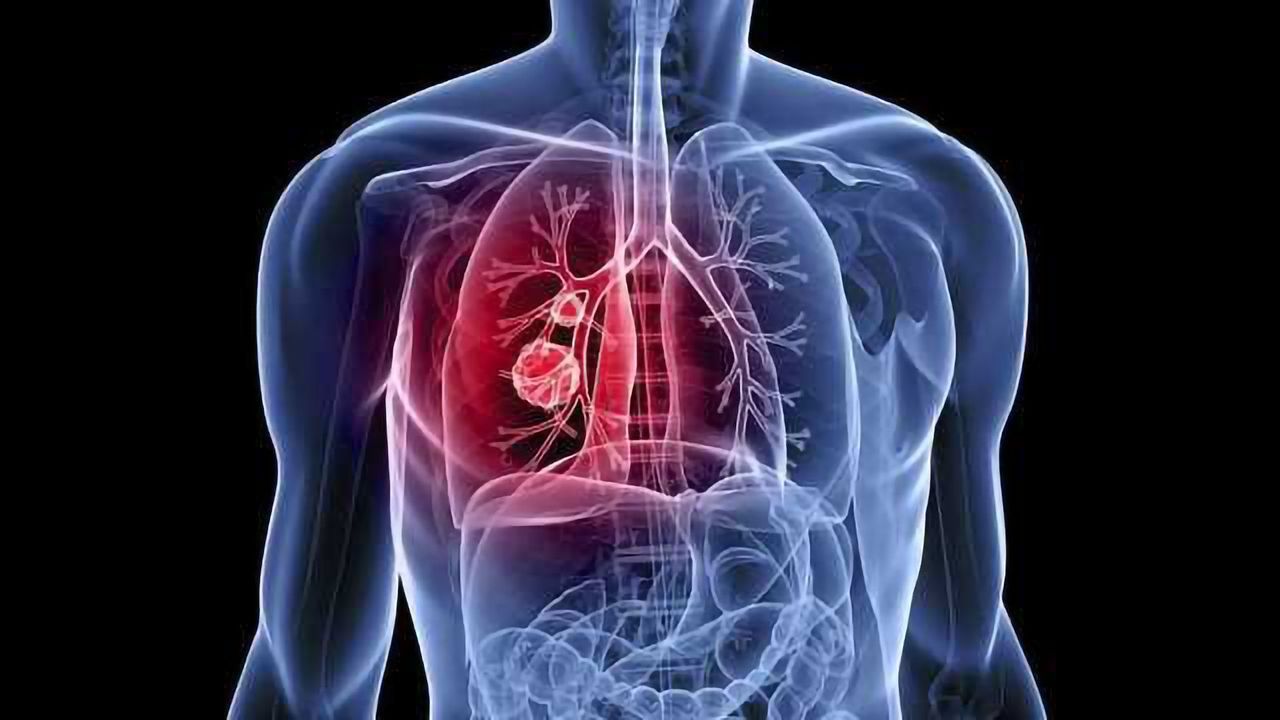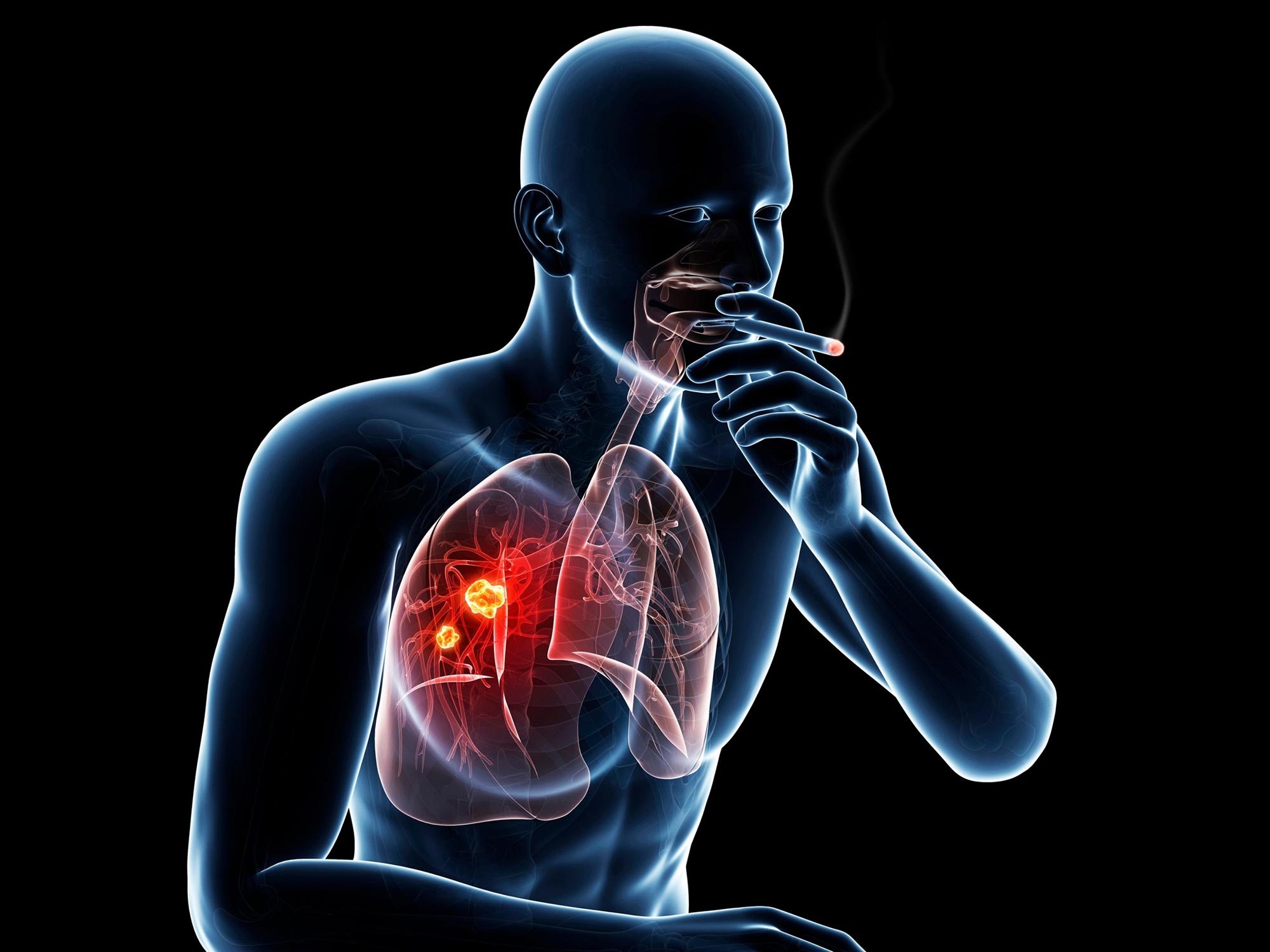Cancer in Lungs X Ray – Have you ever had a cough and wanted to know what was causing it? Well, there’s good news and bad news for you. The good news is that you don’t have cancer. The bad news is that you might have a serious lung disease that requires immediate attention. This article gives an overview of lung diseases and their symptoms.
This article explains the basics of x-ray technology. It describes the different types of x-rays and the organs they show. It also describes the possible effects of radiation exposure and the steps to take when dealing with an x-ray emergency.
If you’re having any issues with your lungs, especially breathing, you might wonder what a Cancer in Lungs X-ray looks like.
The Cancer in Lungs X-ray is a widespread test used to diagnose lung cancer. It is also sometimes used to monitor lung cancer treatment and evaluate disease recurrence.
Lung cancer is one of the most common types of cancer globally. It is estimated that nearly 160,000 new cases of lung cancer are diagnosed each year.
If you or someone you love is experiencing issues with their lungs, they must have Cancer in their Lungs X-ray.
The test is painless and usually takes less than 15 minutes.
This blog will explain what an X-ray is, what it does to your lungs, and why it’s important to avoid damaging your lungs by undergoing an X-ray.

What is lung cancer?
Lung cancer is a disease that affects the lungs and the cells that line them. It can begin in the lungs’ airways, but it can also start elsewhere in the body and spread to the lungs.
The lungs are two spongy organs responsible for removing dirt and foreign particles from the air we breathe. They are also the organ that makes up part of our immune system.
When cancer starts in the lungs, it spreads quickly to other parts of the body, and the lungs are its first stop. It can then spread to the lymph nodes, bones, brain, and other organs.
Lung cancer is the most common cancer type in both men and women. According to the American Lung Association, it was the leading cause of cancer deaths for men and women in 2018.
Over 224,000 people in the U.S. died from lung cancer in 2018 alone.
The symptoms of lung cancer include cough, shortness of breath, chest pain, and loss of appetite. This is why it’s important to know what lung cancer looks like and how you can spot it early. If you suspect that you might have lung cancer, talk to your doctor. They can help you decide the best next step.
Lung cancer can be divided into non-small cell lung cancer (NSCLC) and small cell lung cancer (SCLC). NSCLC is the most common type of lung cancer and accounts for 85% of cases.
Non-small cell lung cancer (NSCLC) is the most common form of lung cancer. Most lung cancers are NSCLC, which accounts for approximately 85 percent of all lung cancers.
The most common symptoms of lung cancer include chest pain, coughing, hoarseness, shortness of breath, weight loss, or unintentional weight loss.
How does lung cancer look?
Lung cancer is one of the deadliest cancers. It is also the leading cause of cancer death in the United States. It is estimated that more than 220,000 people will be diagnosed with lung cancer this year.
This is because, while many people assume that black people get lung cancer more often than white people, this is untrue.
Black people have a higher chance of dying from lung cancer than white people. This is because black people have less access to medical care and less knowledge about how to prevent it.
But the good news is that lung cancer can often be cured by early detection. Once you know you have it, several treatments can cure it. You can look for several signs to help catch lung cancer early.
Lung cancer is one of the most common types of cancer in the United States. Every year, more than 158,000 Americans die from lung cancer. While some people are more at risk than others, anyone can develop lung cancer.

What are the symptoms of lung cancer?
Lung cancer is one of the most common types of cancer globally, with more than one million new cases diagnosed every year.
It’s also one of the hardest cancers to detect because the symptoms may be vague and nonspecific. Only 20% of patients with lung cancer develop symptoms.
As a result, most people find out they have cancer only after a routine screening or when they experience a complication like pain, shortness of breath, or cough.
This makes it especially important to understand the symptoms of lung cancer because you may be able to catch it early enough to prevent it from spreading.
Symptoms of lung cancer may include:
Cough
Chest pain
Chest pressure
Shortness of breath
A cough that produces bloody mucus is the most common symptom of lung cancer.
If you notice any of these symptoms, talk to your doctor about a chest X-ra
X-Ray pictures of lung cancer
Lung cancer is a common cause of death among men and women. It was the leading cause of cancer deaths in both men and women in 2016. While many people associate lung cancer with smoking, it can also affect nonsmokers and those who never smoked.
X-ray images can reveal information about the location and size of tumors, which can help doctors predict how aggressively they will spread. By better understanding the disease, doctors can treat patients more effectively.
These images are used to identify cancerous cells in the lungs. This post aims to explain the process and techniques involved in obtaining these images.
The first step is to obtain the images using a special type of camera called a CT scanner. A CT scanner allows the radiologist to see inside the patient’s body to spot tumors and other abnormalities.
Once the images are obtained, they are sent to the radiologist. The radiologist then examines the images using software that shows the results of the images and compares them to other images of the same patient.
The radiologist makes a diagnosis and decides whether the patient needs further testing, treatment, or both.

Frequently Asked Questions(FAQs)
Q: What does it mean if you get a spot on your lungs x-ray?
A: If you get lung cancer, something has gone wrong with your lungs. It means that you have lung cancer, although not always the case.
Q: Do you feel like you have to be careful because you have been diagnosed with lung cancer?
A: I am more careful about what I put in my body, but I also try not to think about it too much. I try to live my life the way I always have.
Q: What is the first step after being diagnosed with lung cancer?
A: After I was diagnosed with lung cancer, I had surgery to remove cancer. Since then, I have been going through chemotherapy.
Q: Does this mean that you will not be able to work?
A: Yes, I will be unable to work until I finish my treatments.
Myths About
X-ray is a medical imaging technology used for diagnostic purposes. It produces images of internal structures using various types of radiation.
It is based on the principle that X-rays interact with matter to produce a pattern of energy loss called the photoelectric effect. This is known as the Compton Effect.
An X-ray image is produced when high-energy X-rays pass through a substance and are absorbed by the elements present.
An X-ray is a form of radiation that travels through the body in very small doses, and it is used to detect things inside the body.
The main use of X-rays is for medical imaging. They are used to view bones, joints, organs, and other soft tissues.
Conclusion
Cancer in lungs x-ray is the term used to describe the lung disease caused by abnormal cells of various types. These abnormal cells can occur in the alveoli (the air sacs), bronchioles (small tubes leading to the alveoli), or bronchi (air passages leading to the lungs).
If you’ve been looking to understand more about cancer in the lungs, you’re in the right place.
The main purpose is to inform you of what an x-ray can tell us about the state of our bodies. But it’s also an essential piece of information that you need to know to prevent cancer.
There are many different types of cancer, and every one of them is different. Some are more common than others, but the truth is that we still have a long way to go.
I’ll show you what an x-ray can tell us about our health and why it’s essential to have regular checkups.
